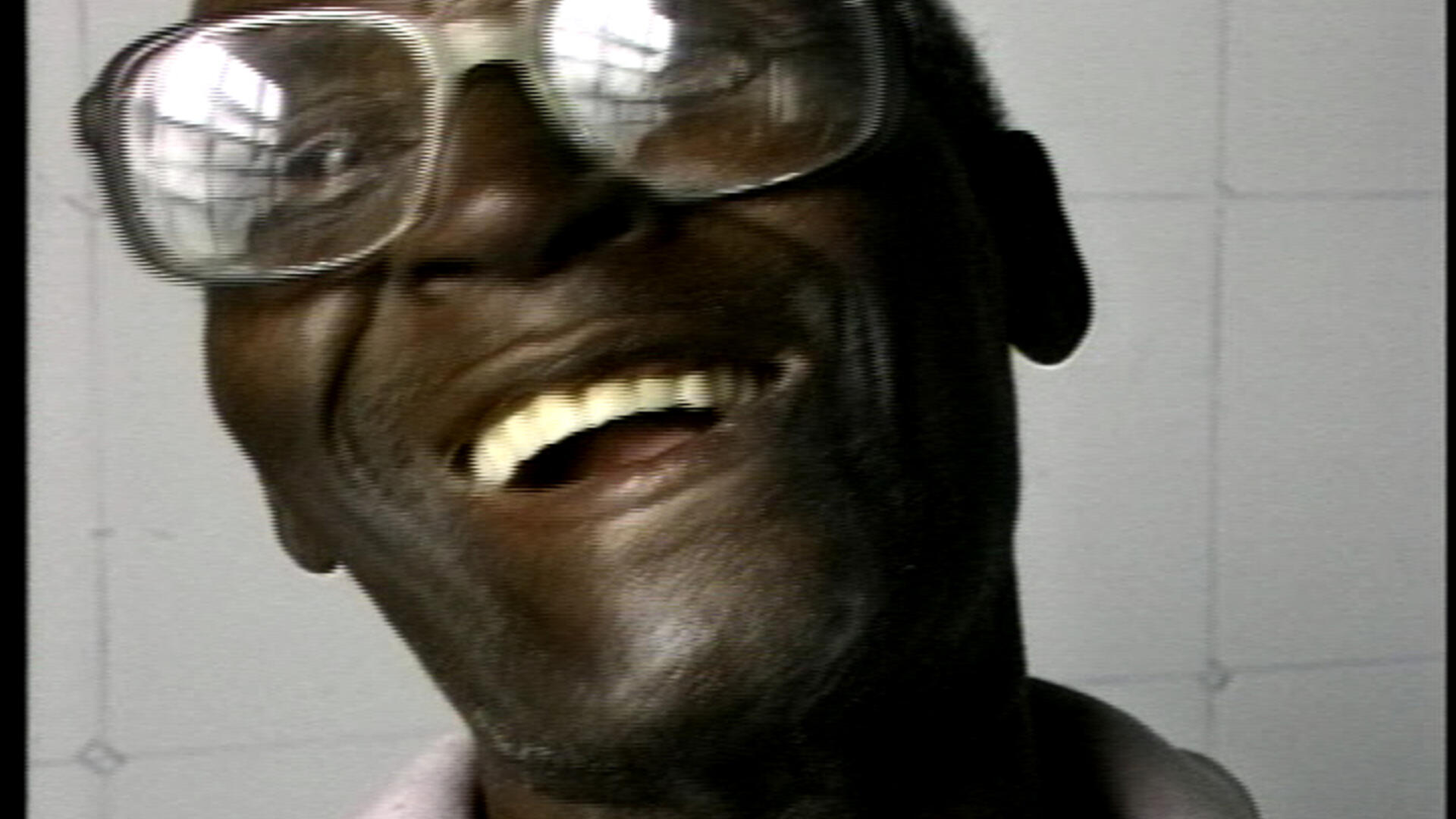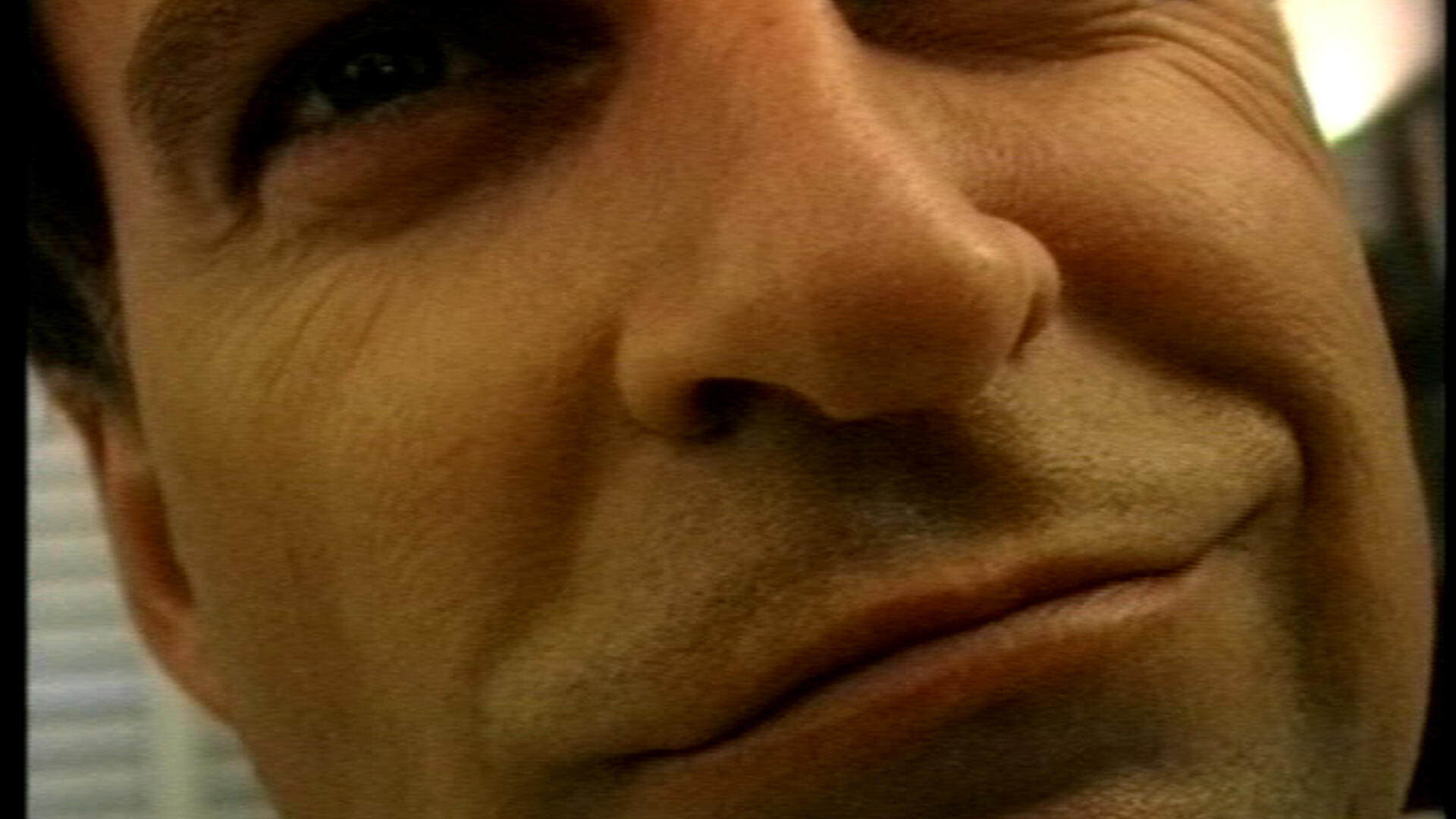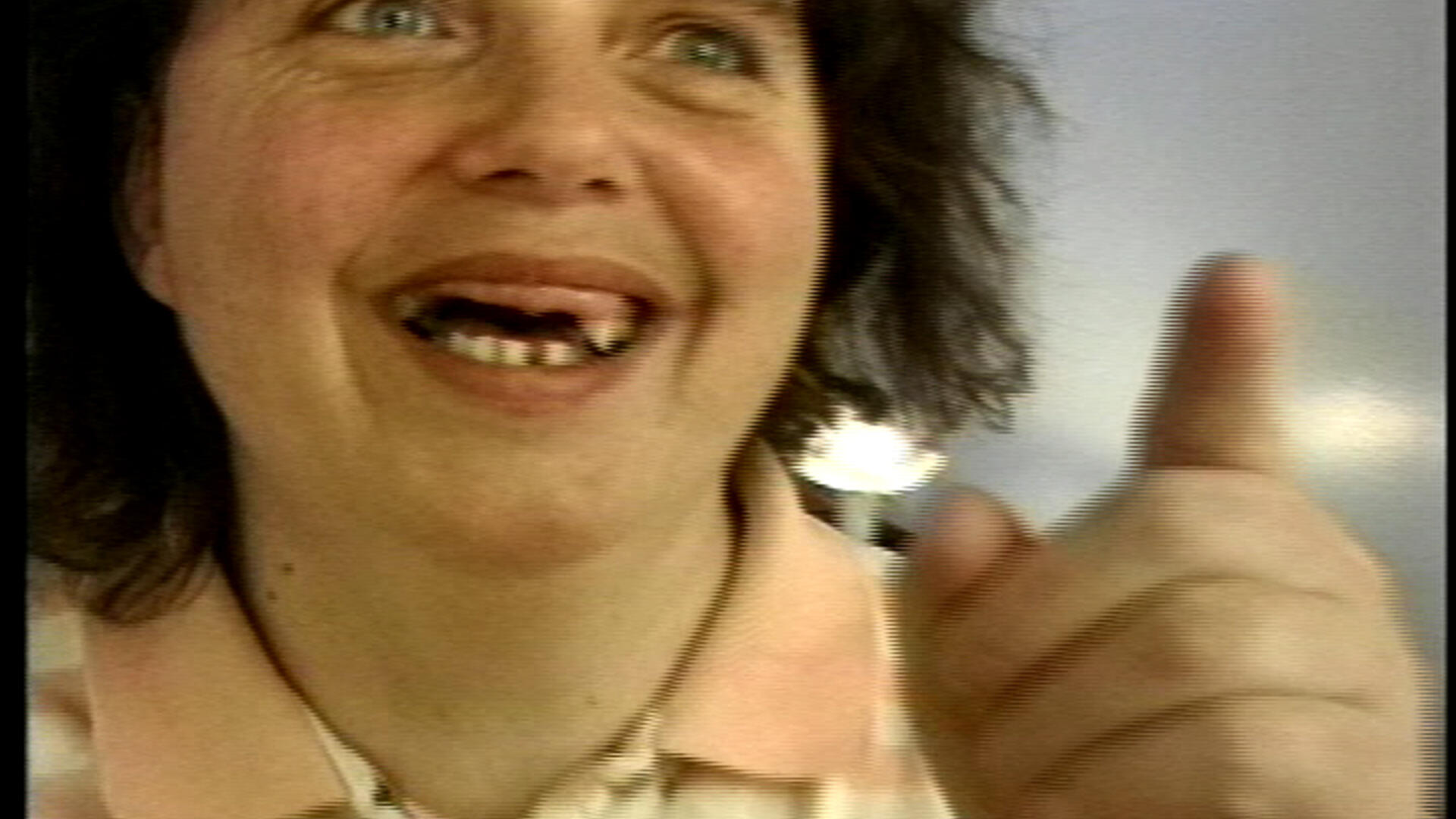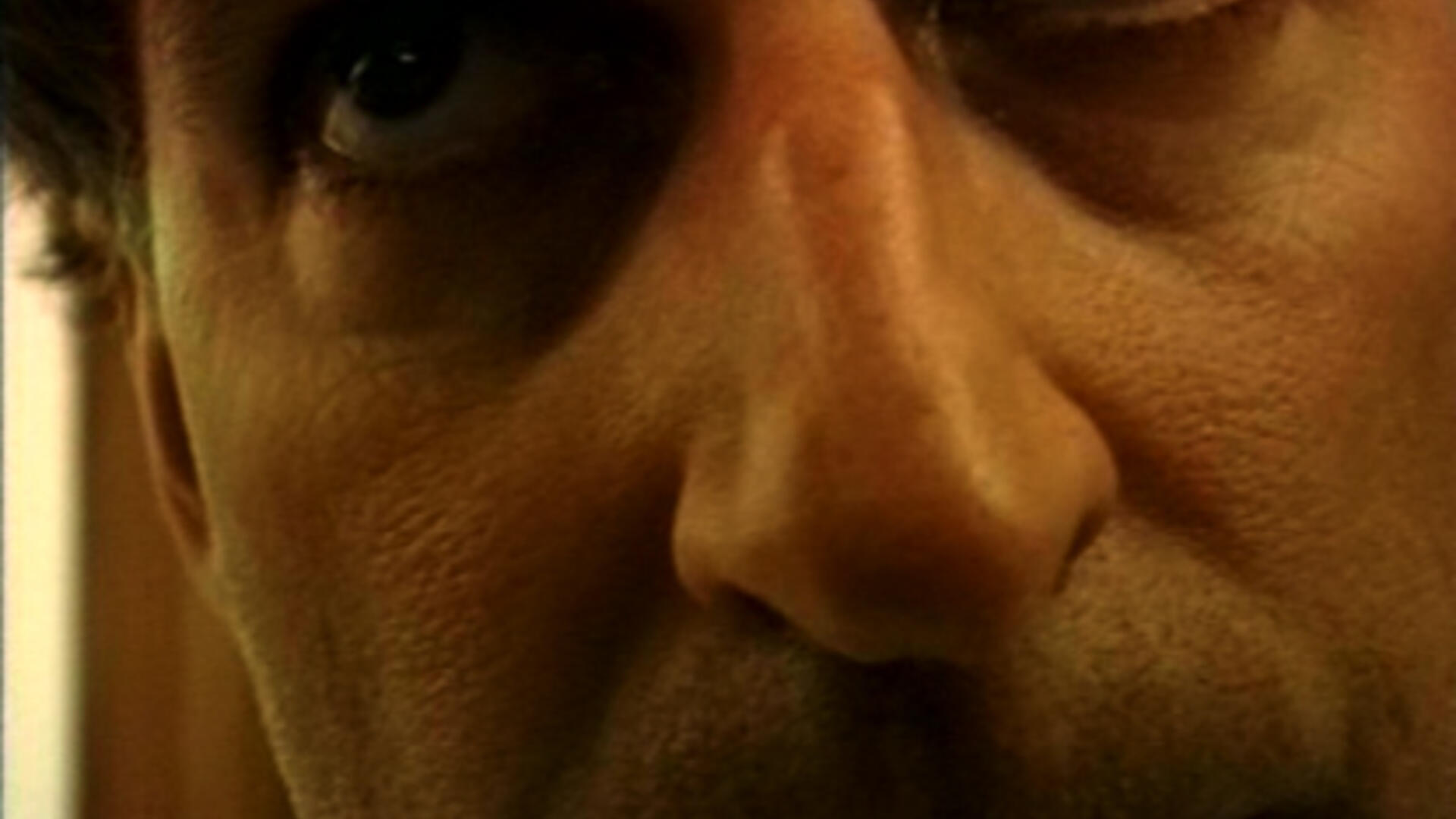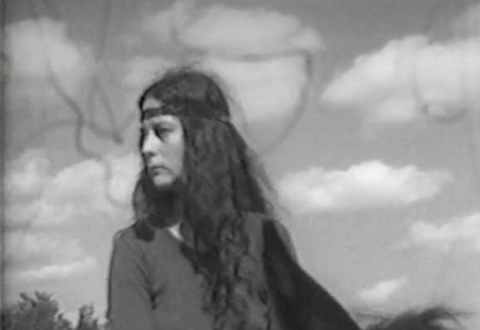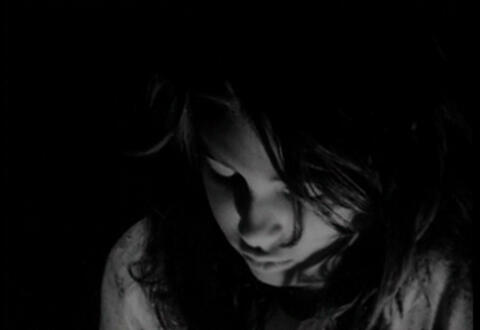Cut the Parrot
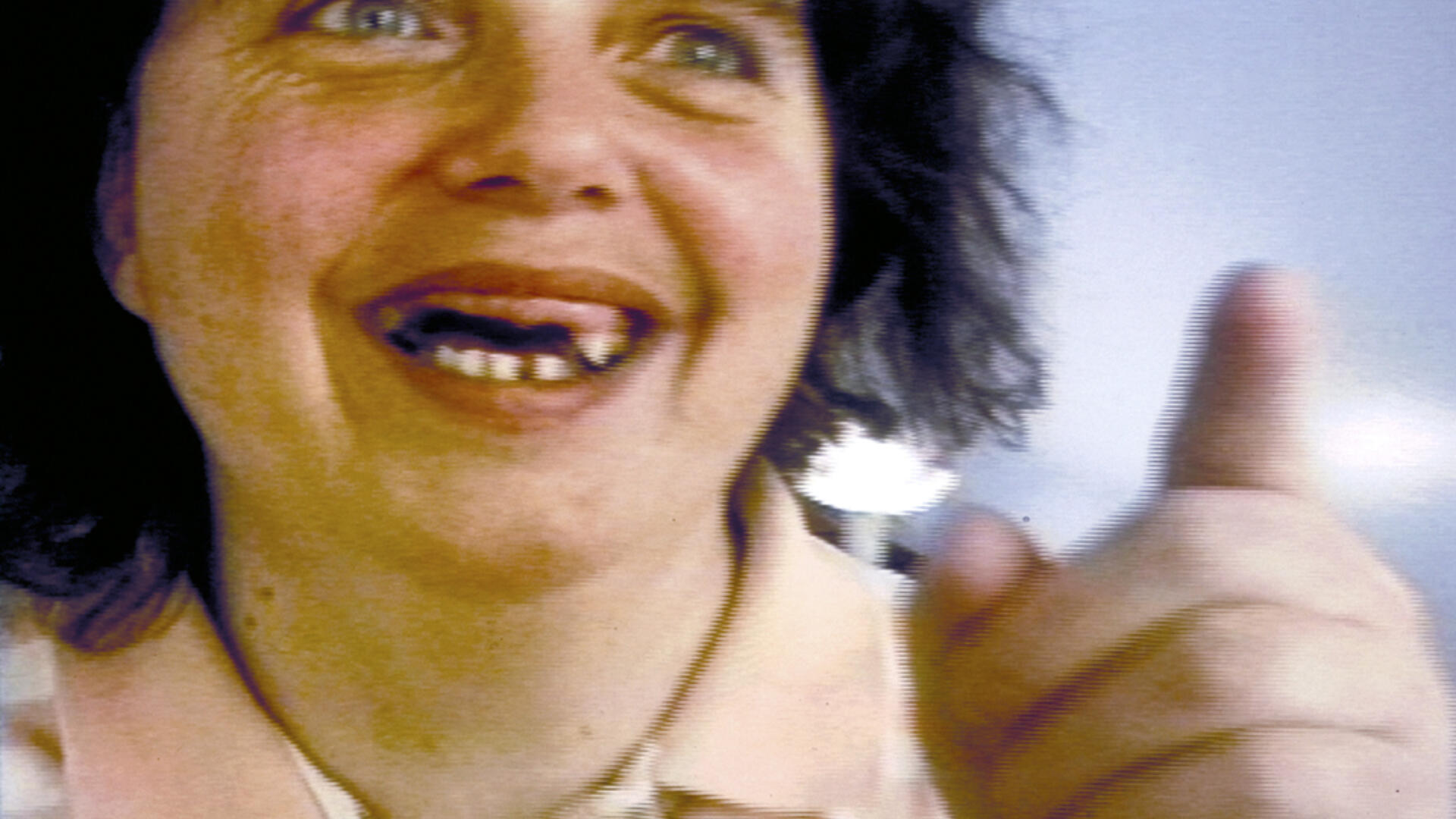
In his first film, A Prayer for Nettie, Donigan Cumming had placed Albert at the heart of the posthumous tribute to Nettie, his former model. One year later, he composed Cut the Parrot, a new requiem intended for Albert, who also died amid total indifference. As in his previous film, the film-maker gathered a series of eulogies in honour of the deceased from the people, some close and others not so close, who were emotionally affected by his death. But this film differs from the previous one in that it seems to be based not only on respect but also on an intense anger. Several times Donigan films his own face and angrily tells about how he was informed of Albert's death or about his visit to the morgue to identify the body. From then on the principle behind his cinematographic quest seems clearly exposed: no life, however marginal it may seem, should end in such a way, without any consideration. Through their testimonials that contribute to giving a meaning to Albert's life, to saving him from the common grave, these fragile characters who express their fondness reveal their own grace, like the epileptic woman who sings Que sera with such intensity.
Yann-Olivier Wicht, Visions du réel, 2002
(translation: Paul Belle)
Credits
Technical information
Documentation
See also:
Lynds, Daniel. "Cut the Parrot: BECAUSEYOUREMINEIWALKTHELINE." Off Screen, vol. 1, no 3, 1997.
Rooney, Sarah. "Cut the Parrot: Truth and Dare." Off Screen, juillet 1997.
Stage direction, Personification, Acting, Role, Intimacy, Story






